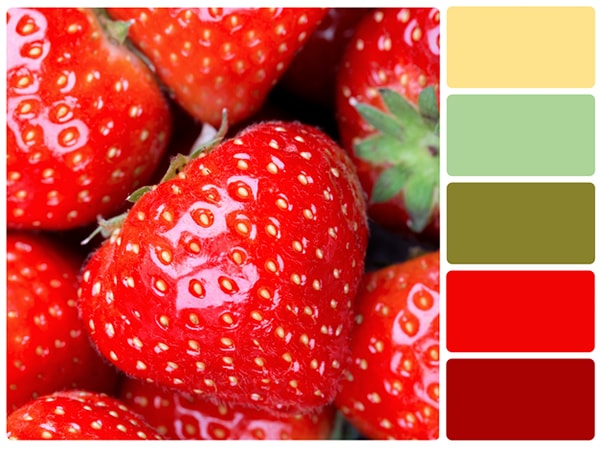Color Affects More Than Mood and Atmosphere Color has the power to change the perceived shape and size of the room itself. The ceiling represents one-sixth of the space in a room [the fifth wall] and paint transforms it more quickly than anything else. A darker color ceiling is often perceived as lower and evokes a sense of intimacy. A lighter color makes the ceiling appear distant and expansive … unless of course you have too much contrast between light and dark and then it can make a room feel small and top-heavy.
Tricks with Colors We perceive warm colors and dark tones as nearer which create a cozier atmosphere in a space. Cool colors and pale tones recede; creating an atmosphere of openness and spaciousness. Combine cool wall colors with cool wall-to-wall carpet color and, an even greater sense of space is created even more so if the walls are painted to closely match the carpet. A bright color next to a contrasting color creates movement and vitality.
Tricks of Perception A rectangular room will look more square if the two smaller end walls are painted a darker color and have the long walls a light color. This will move the end walls forward and make the room appear more square in appearance than it is.
Wall colors can be used to alter the perceived shape and size of furnishings as well. Creating monochromatic looks can expand a small space; using more intense color in walls and furnishings can create spaces that invite you to curl up with a good book or movie and feel cocooned.
Effects of Wall Patterns A vertical wall pattern will draw the eye up to the ceiling creating the illusion of greater height. Horizontal wall patterns especially coupled with a light-colored accent wall will make the room feel longer and more spacious. The direction of the floor covering also influences your perception of the shape of a room. For instance, tile laid on the diagonal can increase the appearance of floor space; whereas a light-colored rug on a dark toned floor will help create more intimate areas in a large room.
Creating Movement Using color effectively in a home can create literal and figurative movement. Placing an accent wall will draw the eye to a focal point a homeowner may want to feature. An accent at the end of a hallway will draw people in that direction. Keeping the walls and ceiling the same color (when using lighter tones) will help a space feel more expansive and the eye will move around the room not feeling the limitations of ceilings or room transitions.
Next we will look at The Secrets of Balance.

Recent Comments